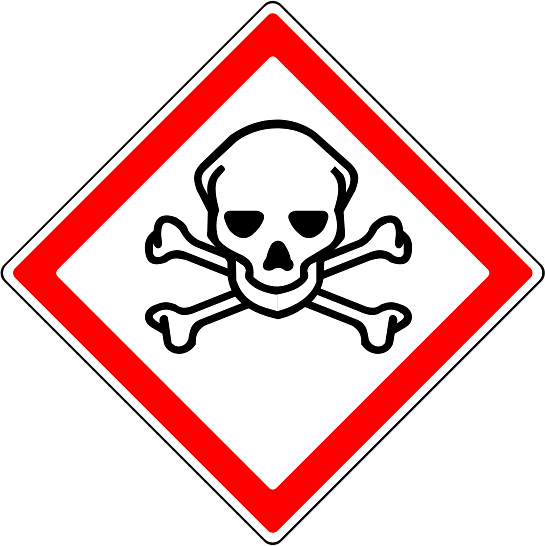Myths about teaching can hold you back
- Year 10
- AQA
- Higher
Hazard symbols and equipment
I can identify and explain the meaning of hazard symbols, choose appropriate lab equipment and appreciate the need for practical risk assessments.
- Year 10
- AQA
- Higher
Hazard symbols and equipment
I can identify and explain the meaning of hazard symbols, choose appropriate lab equipment and appreciate the need for practical risk assessments.
These resources will be removed by end of Summer Term 2025.
Switch to our new teaching resources now - designed by teachers and leading subject experts, and tested in classrooms.
These resources were created for remote use during the pandemic and are not designed for classroom teaching.
Lesson details
Key learning points
- Hazard symbols provide vital safety information about chemical substances.
- Correct identification of hazard symbols is crucial for laboratory safety.
- Correctly choosing and using appropriate lab equipment is essential for conducting experiments safely and accurately.
- Risk assessments identify potential hazards & outline how to minimise risk; these can be general & specific precautions.
- Safety protocols, like wearing eye protection and ensuring good ventilation, are essential when working with hazards.
Keywords
Apparatus - A piece of equipment that is designed for a particular use.
Hazard - A danger associated with a substance or piece of apparatus.
Risk assessment - The identification of both the hazards of doing a particular experiment and ways of reducing the risk of harm from those hazards.
Risk - The chance of a hazard causing harm.
Precaution - An action taken to prevent or reduce the risk of danger or harm.
Common misconception
Pupils do not always appreciate that safety in the laboratory is a shared responsibility.
Ensure pupils understand the hazards related to both common chemicals and regularly used equipment.
To help you plan your year 10 chemistry lesson on: Hazard symbols and equipment, download all teaching resources for free and adapt to suit your pupils' needs...
To help you plan your year 10 chemistry lesson on: Hazard symbols and equipment, download all teaching resources for free and adapt to suit your pupils' needs.
The starter quiz will activate and check your pupils' prior knowledge, with versions available both with and without answers in PDF format.
We use learning cycles to break down learning into key concepts or ideas linked to the learning outcome. Each learning cycle features explanations with checks for understanding and practice tasks with feedback. All of this is found in our slide decks, ready for you to download and edit. The practice tasks are also available as printable worksheets and some lessons have additional materials with extra material you might need for teaching the lesson.
The assessment exit quiz will test your pupils' understanding of the key learning points.
Our video is a tool for planning, showing how other teachers might teach the lesson, offering helpful tips, modelled explanations and inspiration for your own delivery in the classroom. Plus, you can set it as homework or revision for pupils and keep their learning on track by sharing an online pupil version of this lesson.
Explore more key stage 4 chemistry lessons from the Making salts unit, dive into the full secondary chemistry curriculum, or learn more about lesson planning.

Licence
Prior knowledge starter quiz
6 Questions
Q1. Which of these is an example of common laboratory equipment?
Q2.Why is it important to wear eye protection in the lab?
Q3.What should a risk assessment identify?
Q4.What is a precaution in a laboratory setting?
Q5. What is the purpose of hazard symbols?
Q6.Which substances should have hazard symbols?
Assessment exit quiz
6 Questions
Q1.Why is it important to use the correct lab equipment?
Q2.How should a Bunsen burner be used safely?
Q3.What is the purpose of a risk assessment?
Q4.What should be included in a risk assessment?
Q5.Which symbol indicates a flammable substance?
Q6.What does the toxic symbol indicate?



